chapter 13 optics
1/22
Earn XP
Description and Tags
Name | Mastery | Learn | Test | Matching | Spaced |
|---|
No study sessions yet.
23 Terms
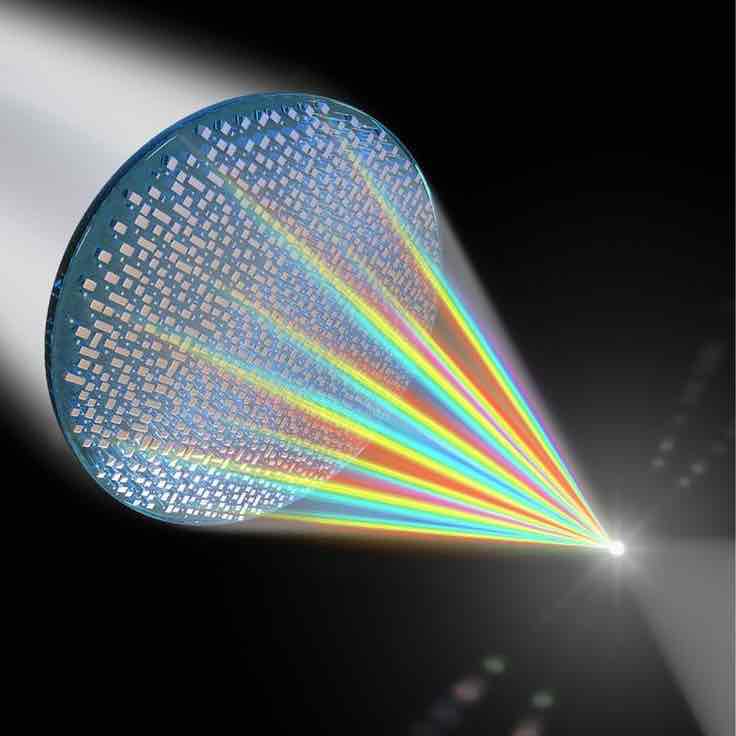
Converging Lens
A converging lens is thickest in the middle, causing incident parallel light rays to converge at a single point after refraction.
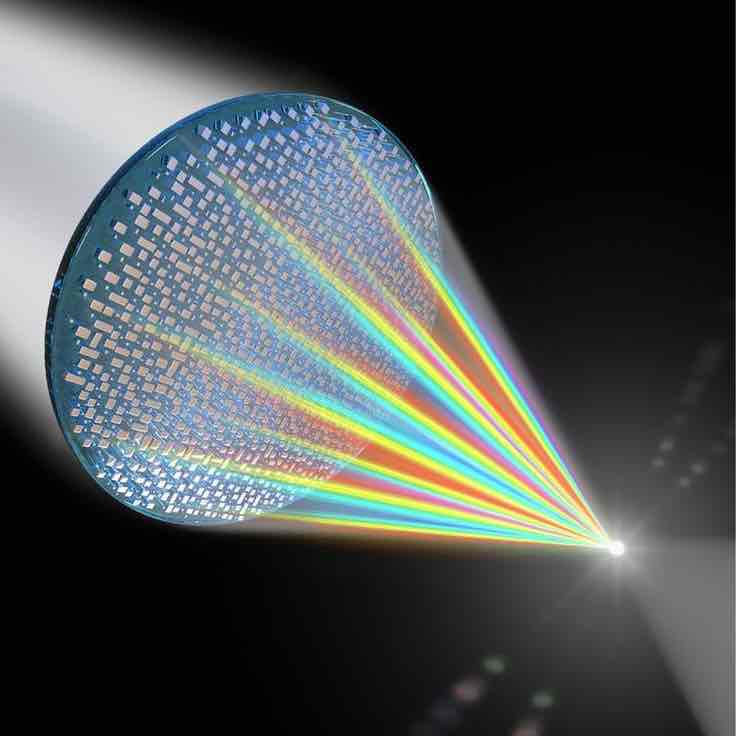
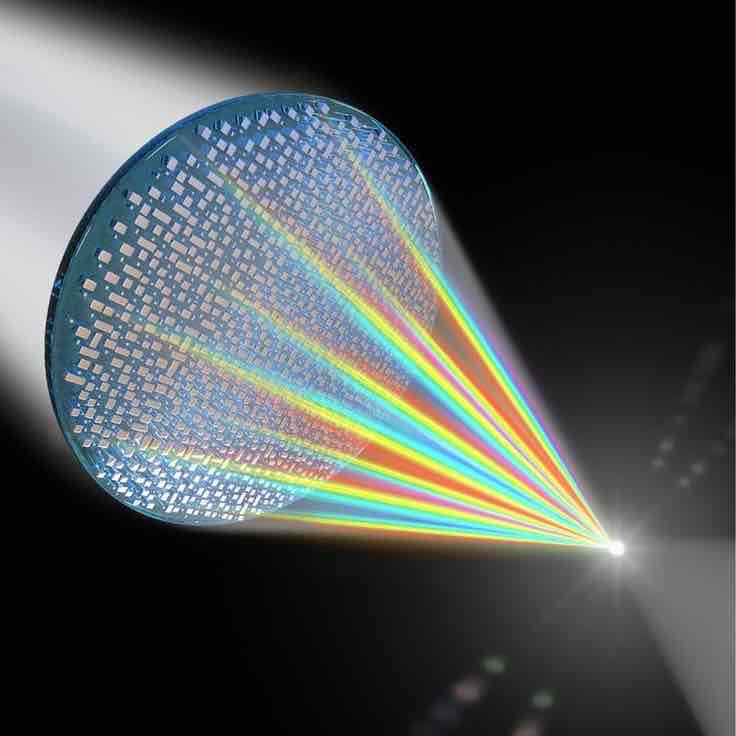
Diverging Lens
A diverging lens is thinnest in the middle, causing incident parallel light rays to separate after refraction.
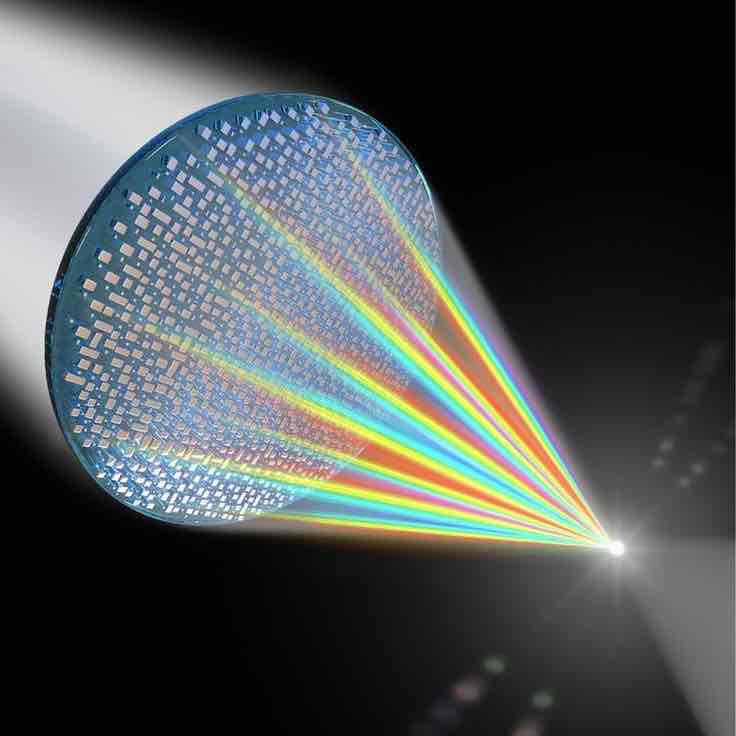
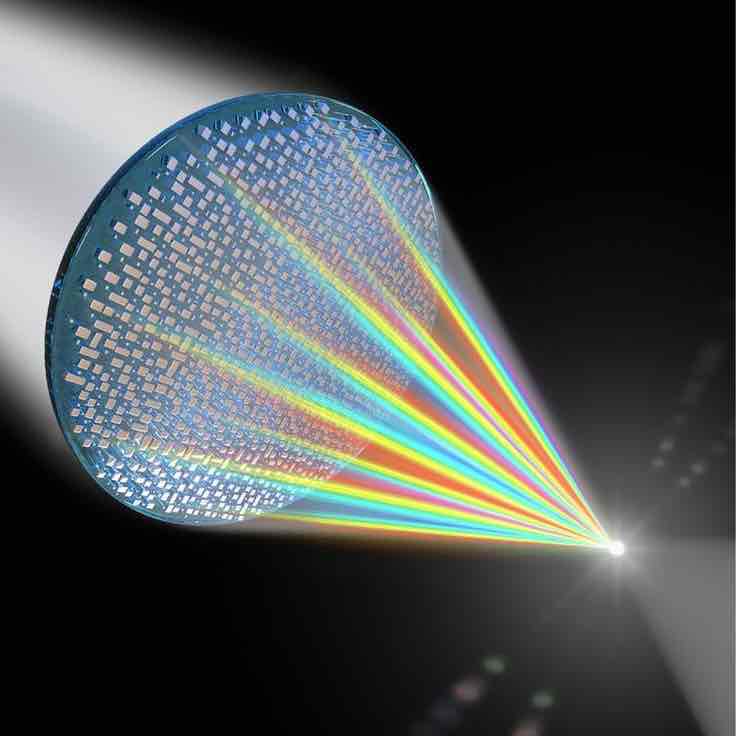
Converging Lenses
In a converging lens, the principal focus (F) is located to the right of the lens, while the secondary principal focus (F’) is to the left of the lens.
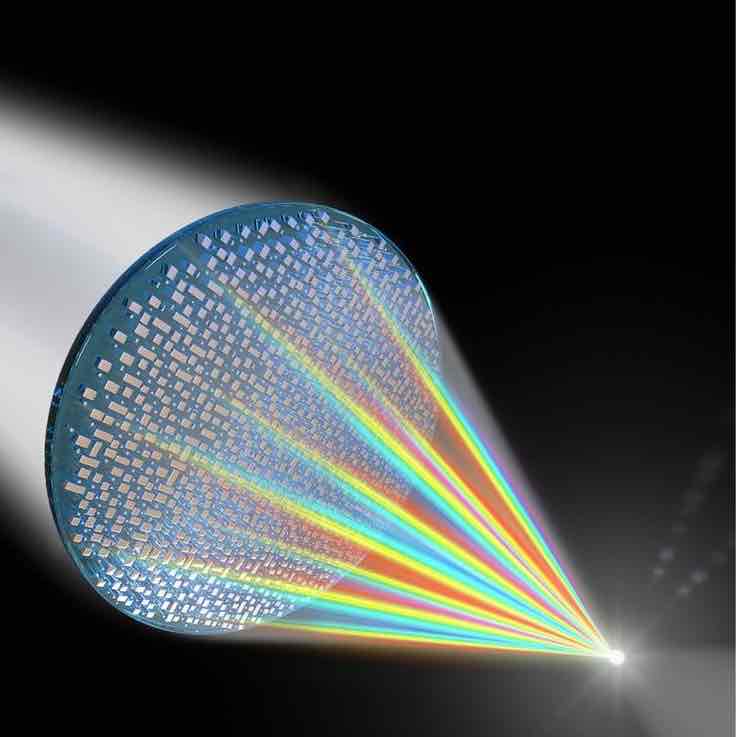
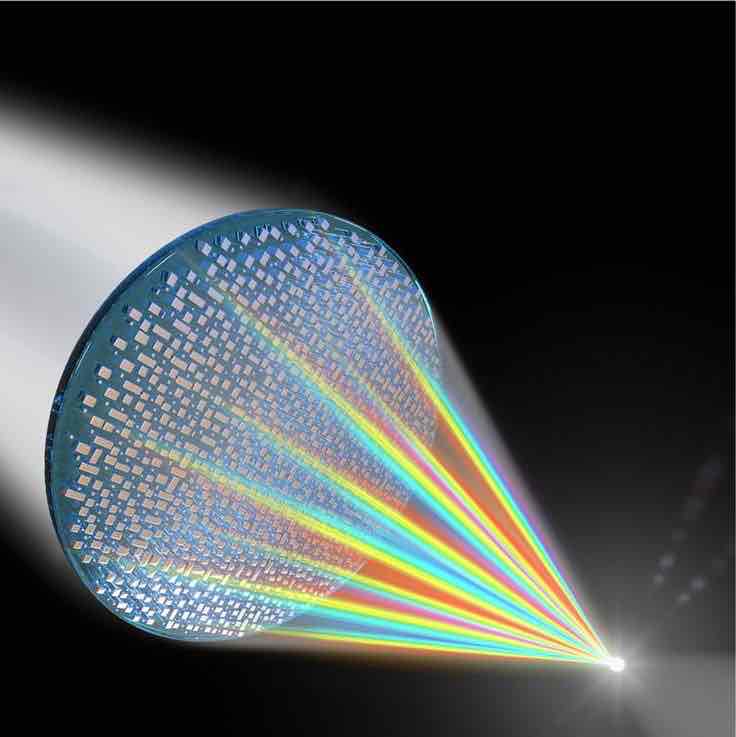
Diverging Lenses
In a diverging lens, the principal focus (F) is located to the left of the lens, while the secondary principal focus (F’) is to the right of the lens.
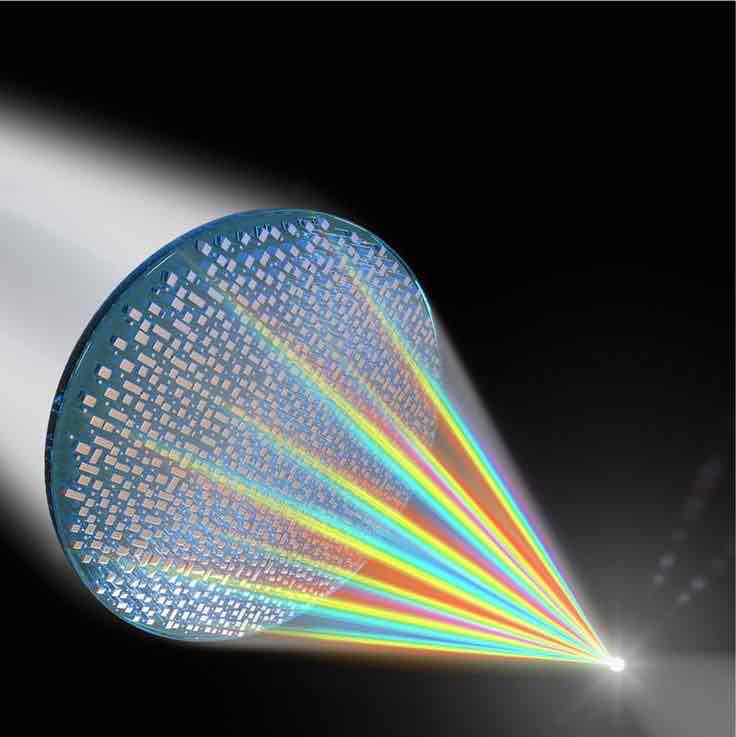
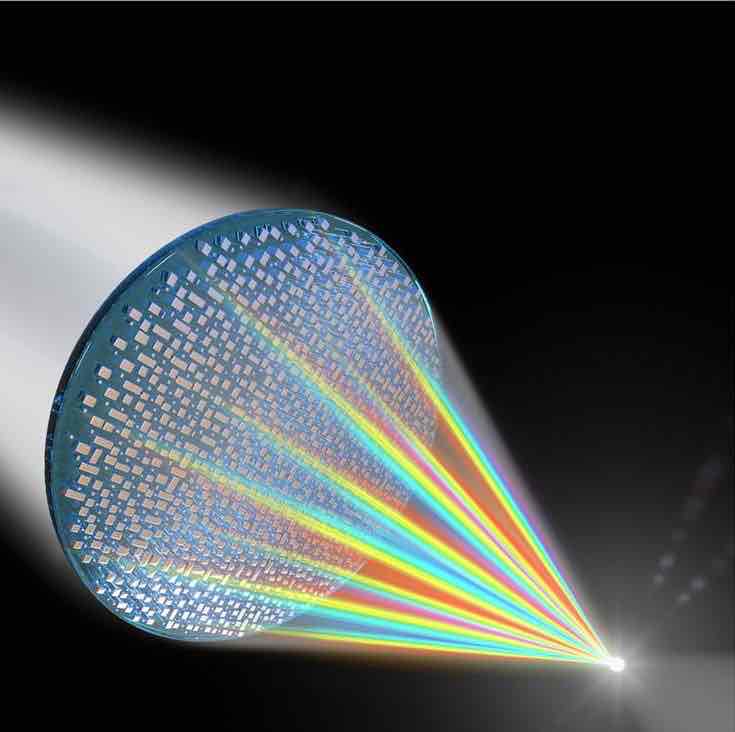
Emergent Ray
Light that leaves a lens after refraction.
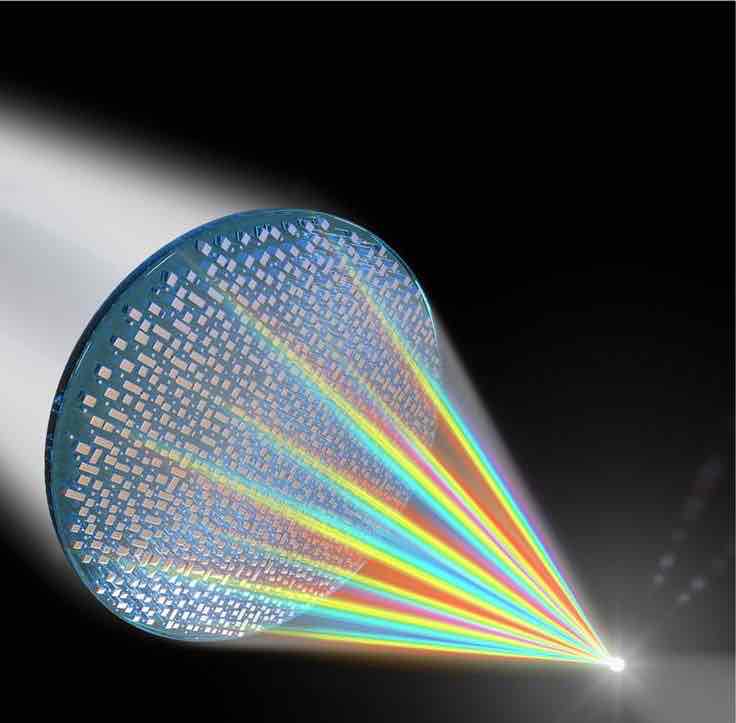

Rules for Converging Lens Diagrams
A ray parallel to the principal axis is refracted through the principal focus (F).
A ray through the secondary principal focus (F’) is refracted parallel to the principal axis.
A ray through the optical centre (O) continues straight through without refraction.
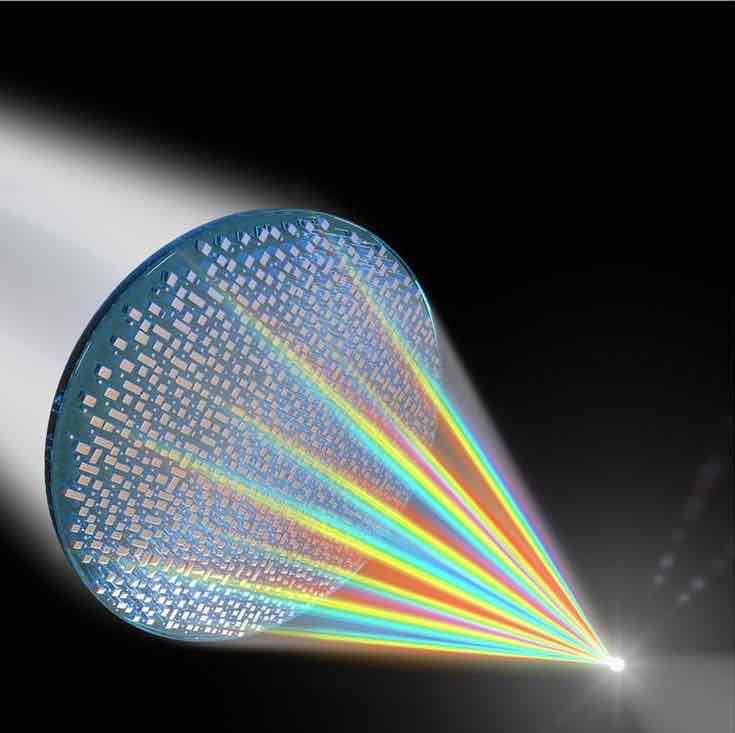
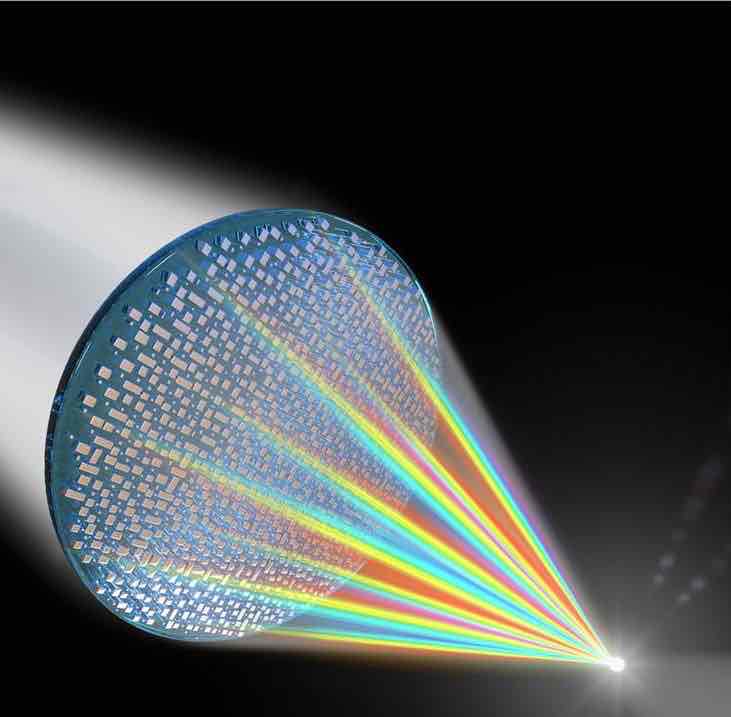
Rules for Diverging Lens Diagrams
A ray parallel to the principal axis is refracted as though it came through the principal focus (F).
A ray that appears to pass through the secondary principal focus (F’) is refracted parallel to the principal axis.
A ray through the optical centre (O) continues straight through without refraction.
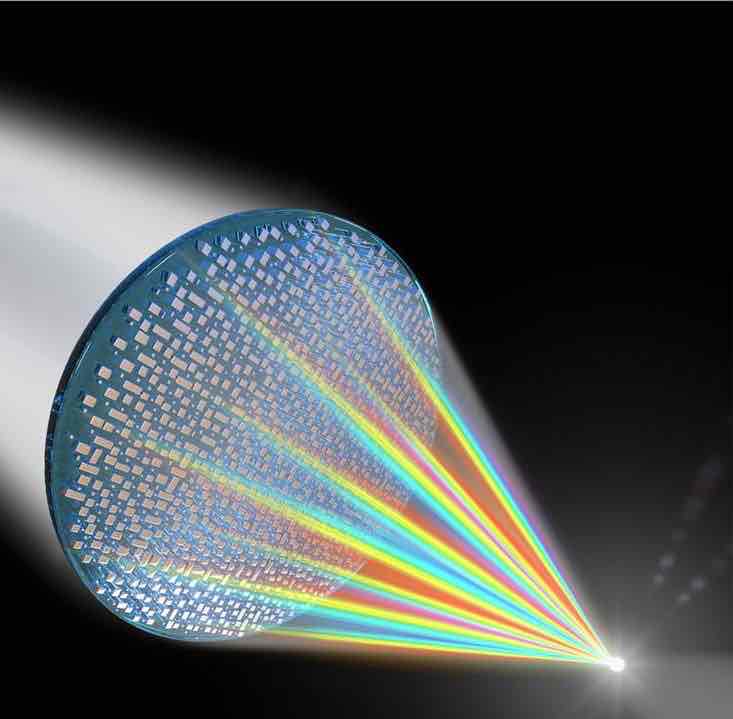
Converging Lens Locations
Object placed beyond 2F’ or between 2F’ and F’ produce real and inverted image.
Object placed at F’ will not produce an image.
Object placed between F’ and the lens will produce an upright, larger, virtual image.
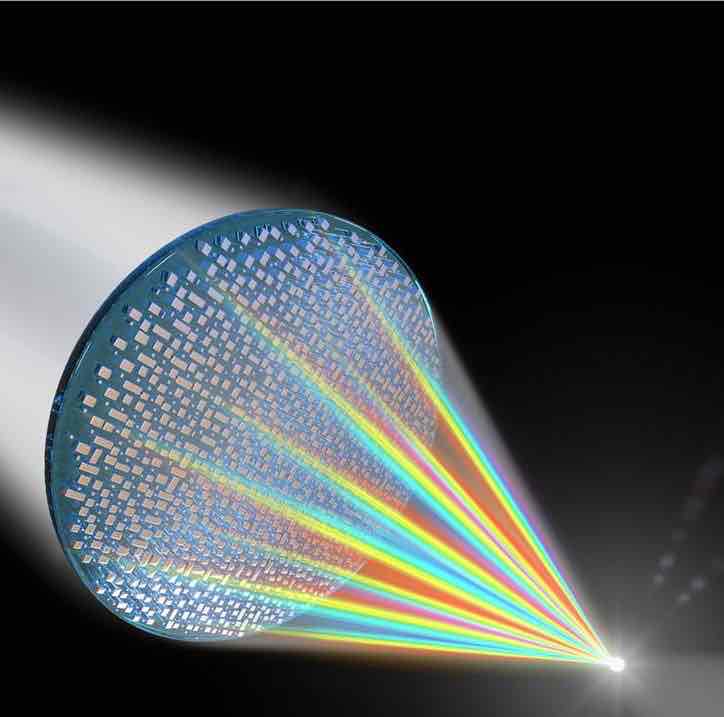
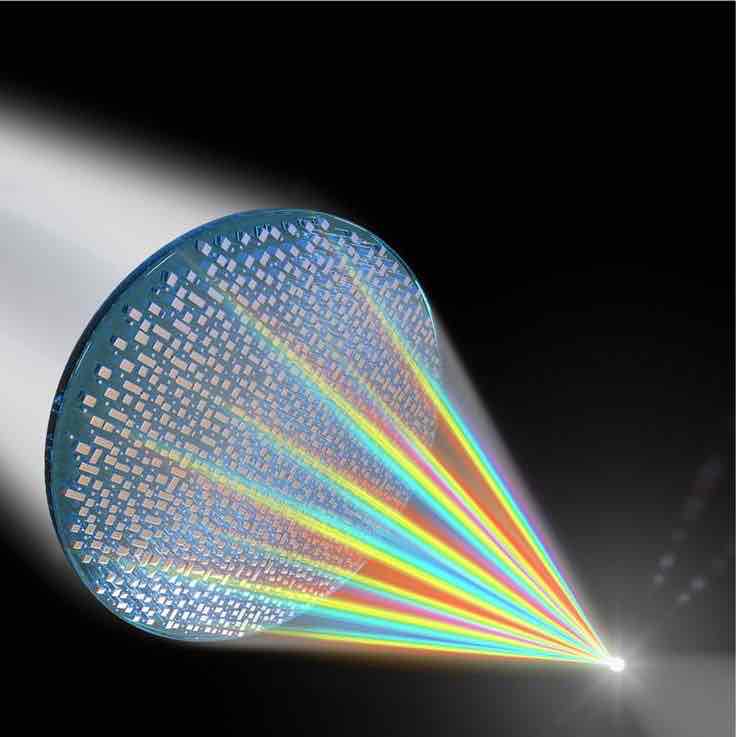
Diverging Lens Locations
Diverging lens always form a smaller, upright, virtual image on the same side of lens as object.
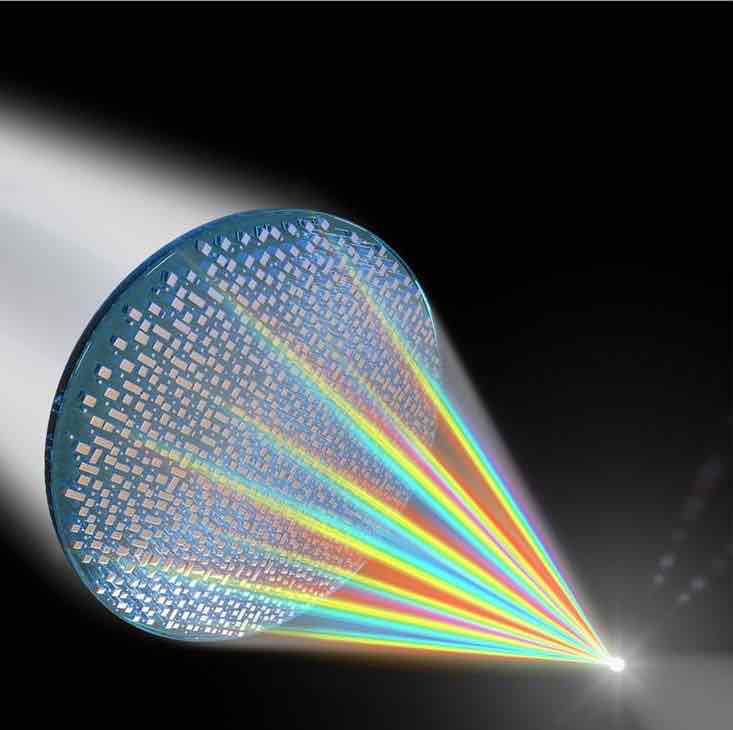

Thin Lens Equation
do = always +
f = + if lens is converging
f = - if lens is diverging
di = + if image is real and located opposite side of object
di = - if image is virtual and located same side as object
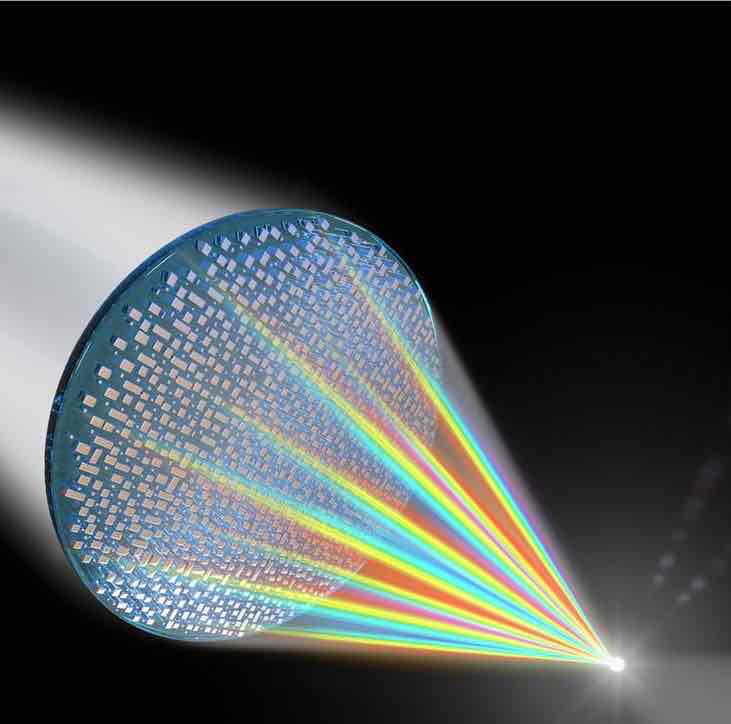
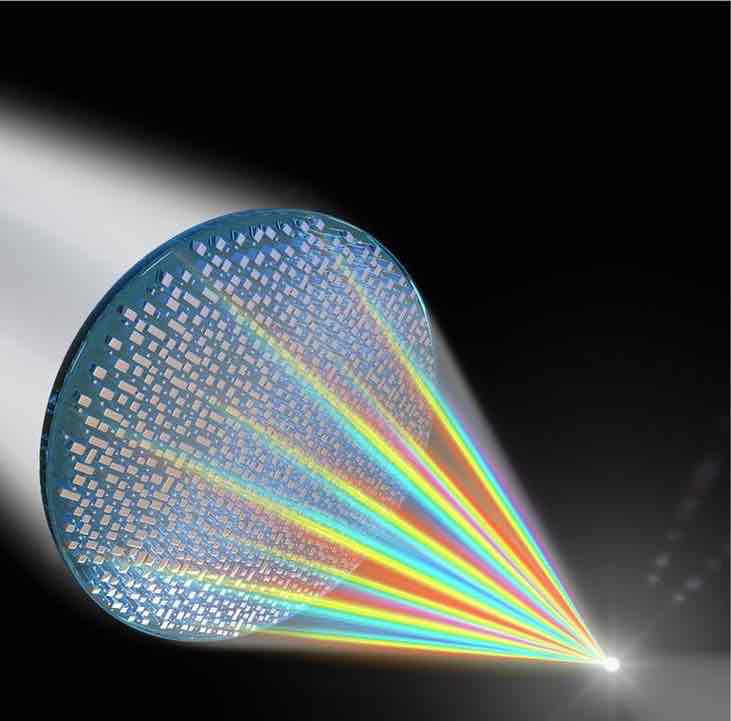
Magnification Equation
ho= + when object is upward
ho = - when object is inverted
hi = + when object is upward
hi = - when image is upward
m = + when image is upward
m= - when image is inverted
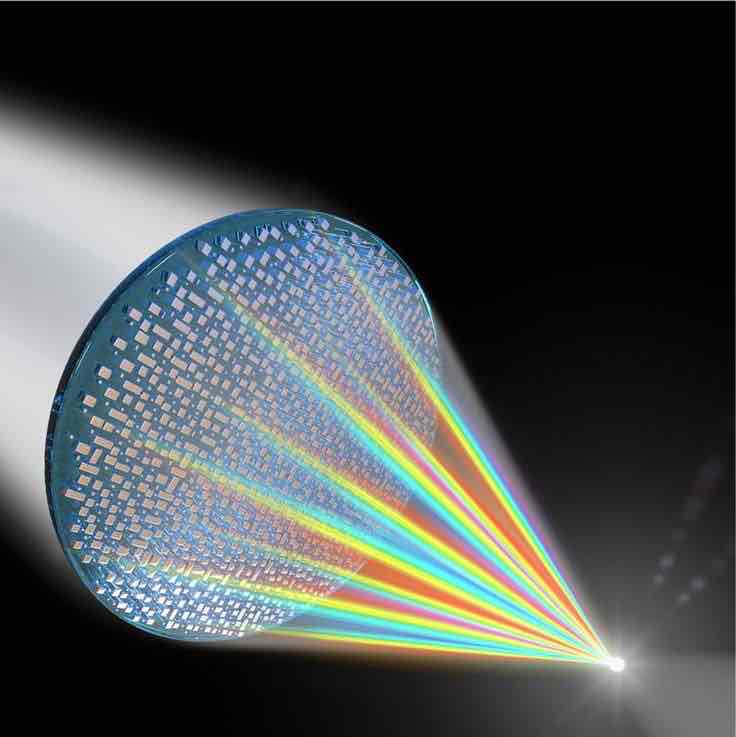
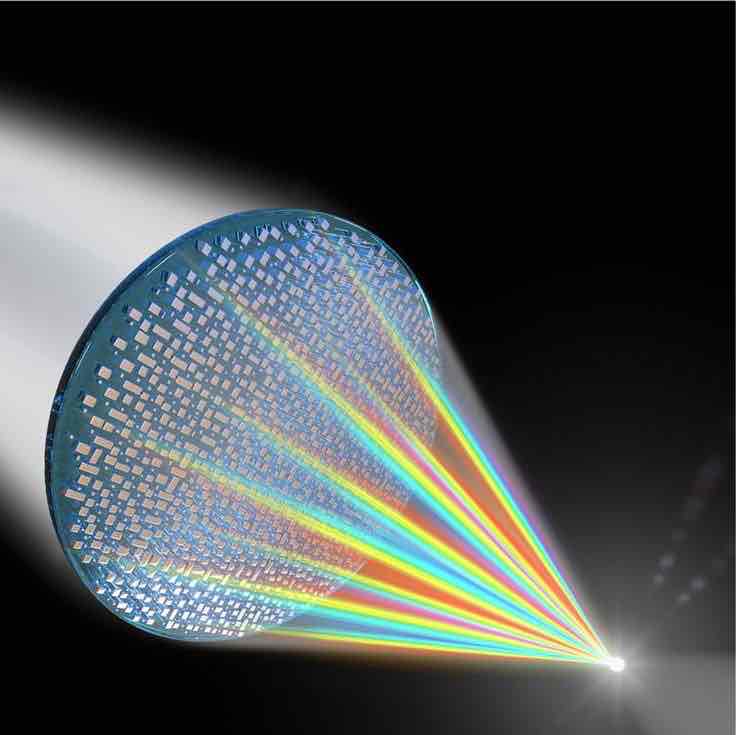
Camera
Uses a converging lens
Produces an: inverted, real image when object is at a distance greater than 2F’ on film or sensor
Image formed between F and 2F
In order for camera to focus on the film or sensor at 2F, lens is moved in and out
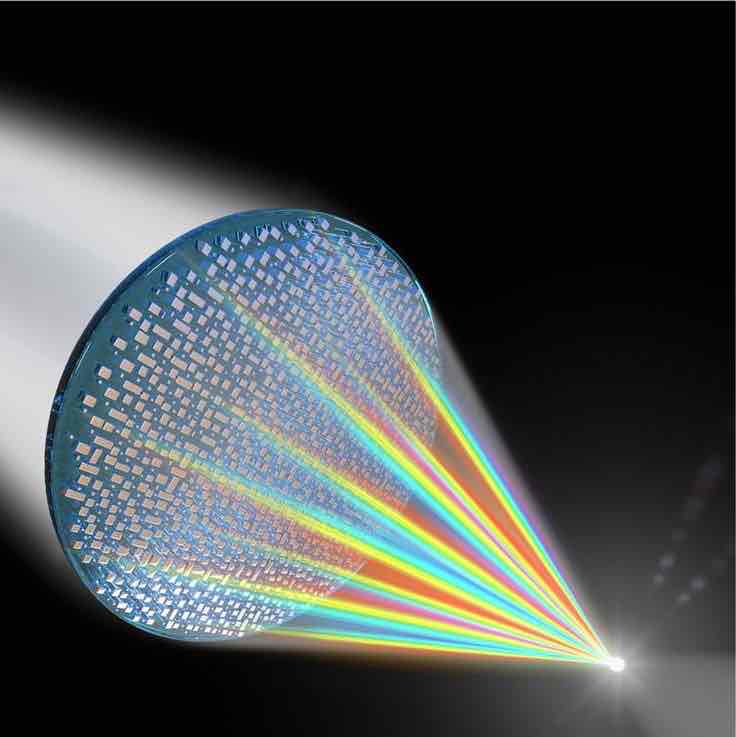
Movie Projector
Opposite of a camera
Takes small objects (film) and projects: large, inverted, real image on screen
Film is located between 2F' and F'
Since image is inverted, film is placed upside down in projector so image is seen upright
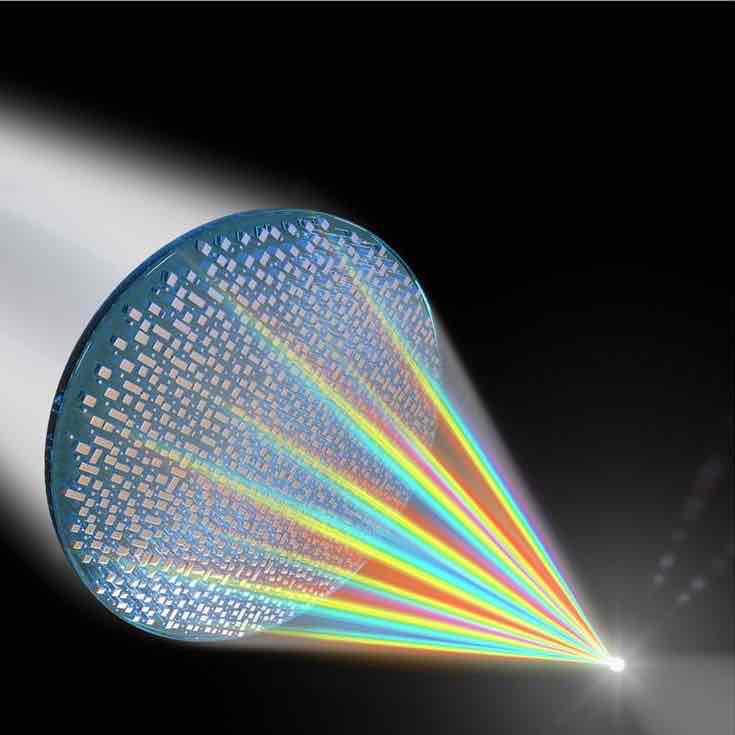
Magnifying Glass
Uses a converging lens
Object located between F’ and lens
No real image produced at object location
Brain extends refracted rays backwards producing: large, virtual image located on same side of lens as object
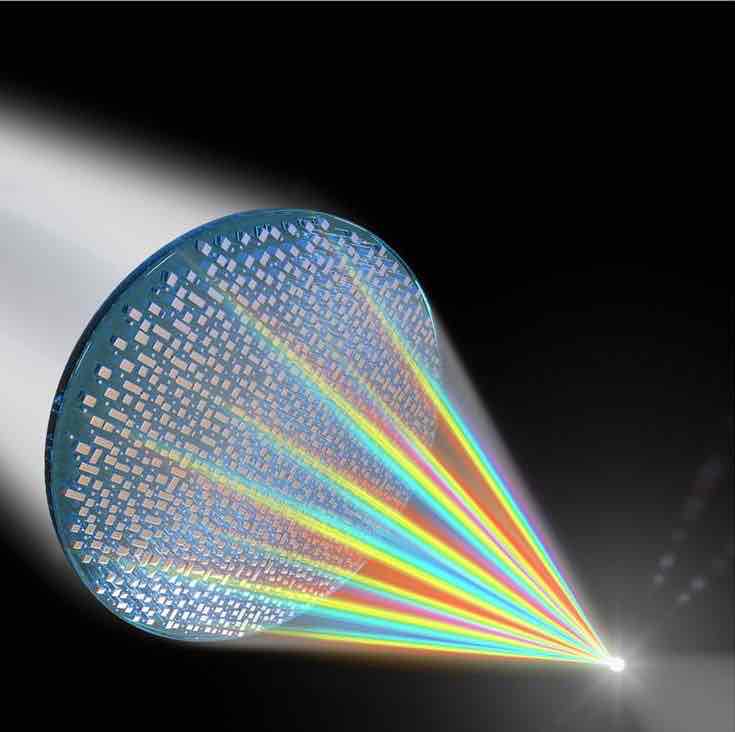
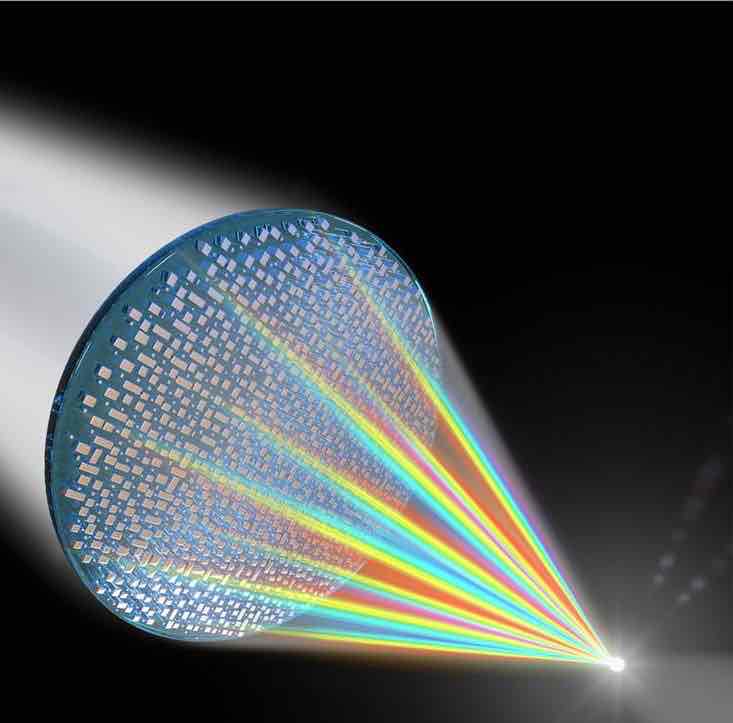
Compound Microscope
Uses 2 converging lenses
2 enlarged, inverted images formed: 1 real, 1 virtual
Real image not seen since lens is inside body tube of microscope
Eye piece produces a virtual image, eye piece lens is seen
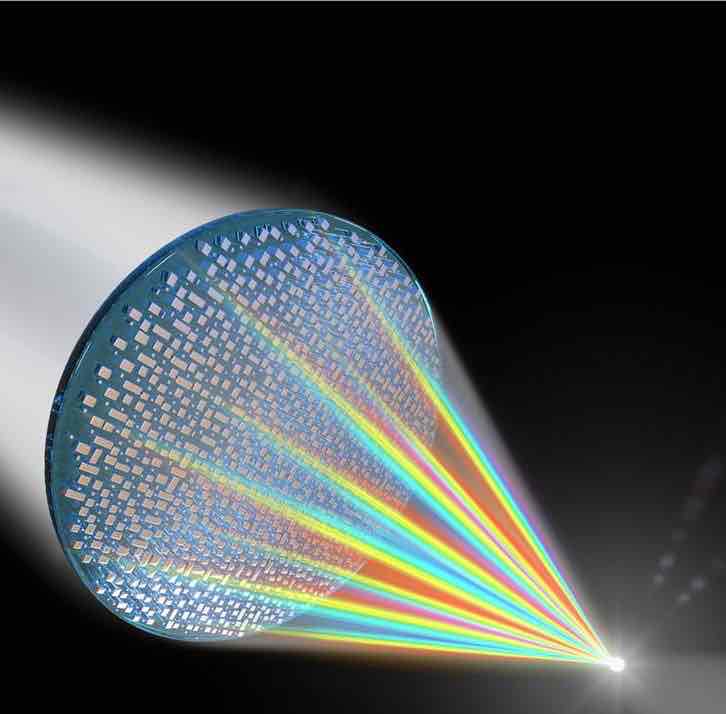

Refracting Telescope
Similar to compound microscope
Object seen is far away
2 lenses: 1 real, 1 virtual
Larger, virtual image is only seen
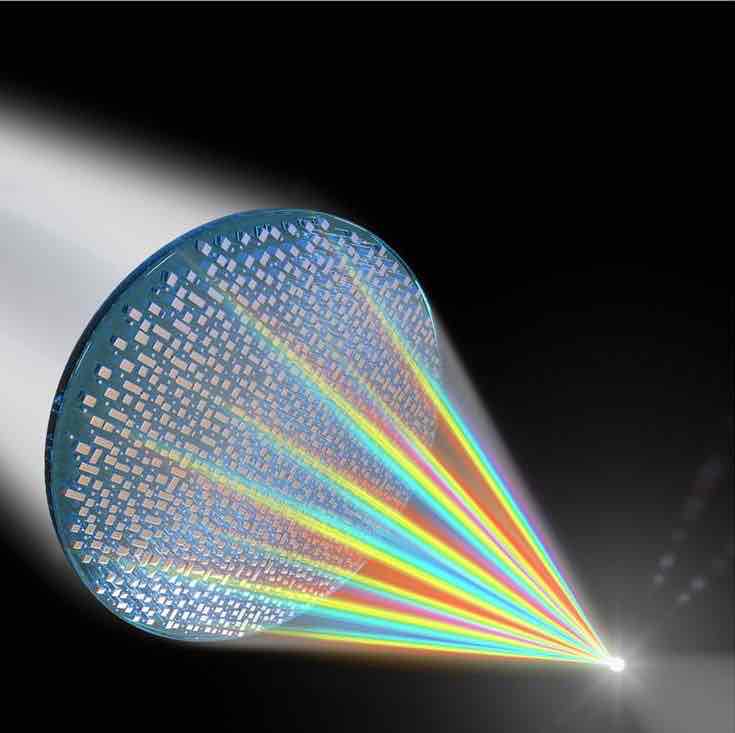
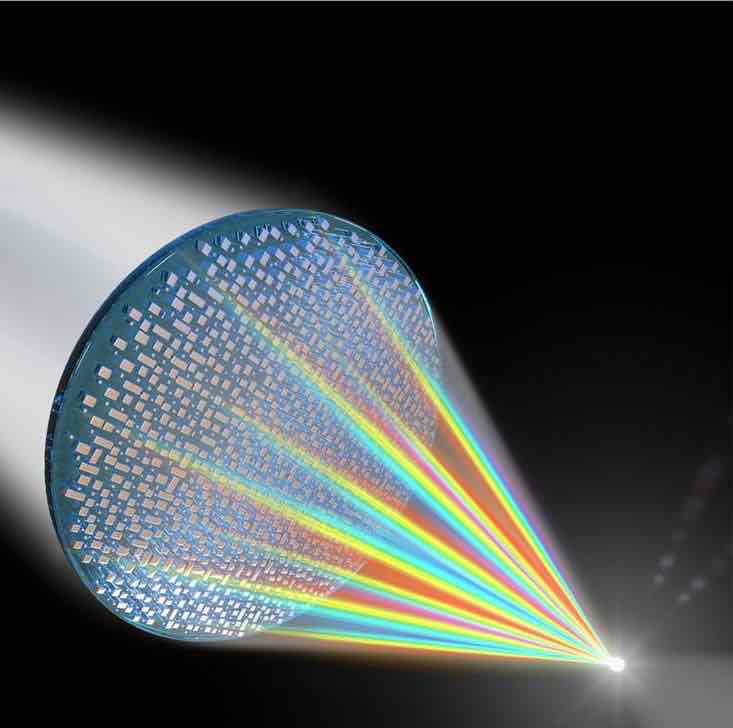
Terrestrial Telescope
3 Converging lenses
Objective lens, third lens (in between), eye piece lens
Third lens corrects inverted image produced by eye piece lens
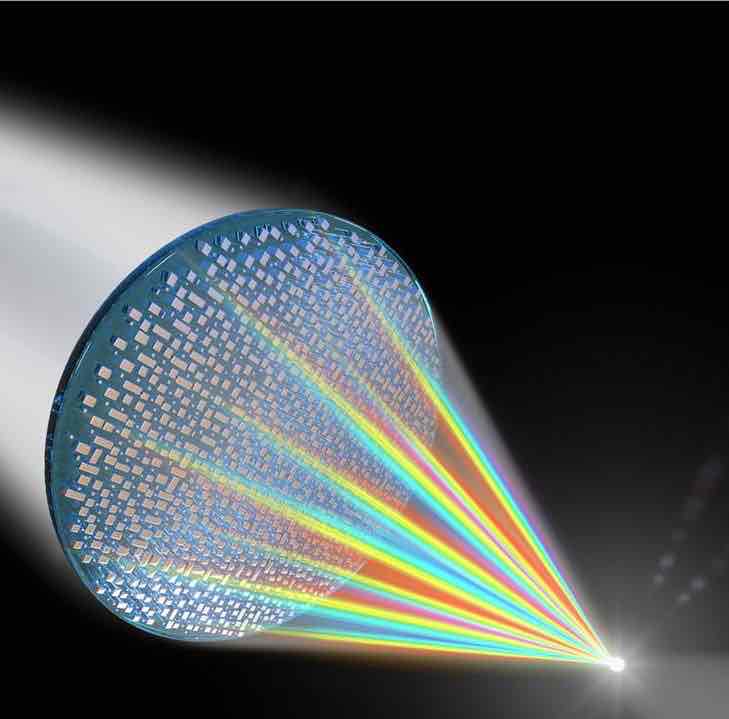
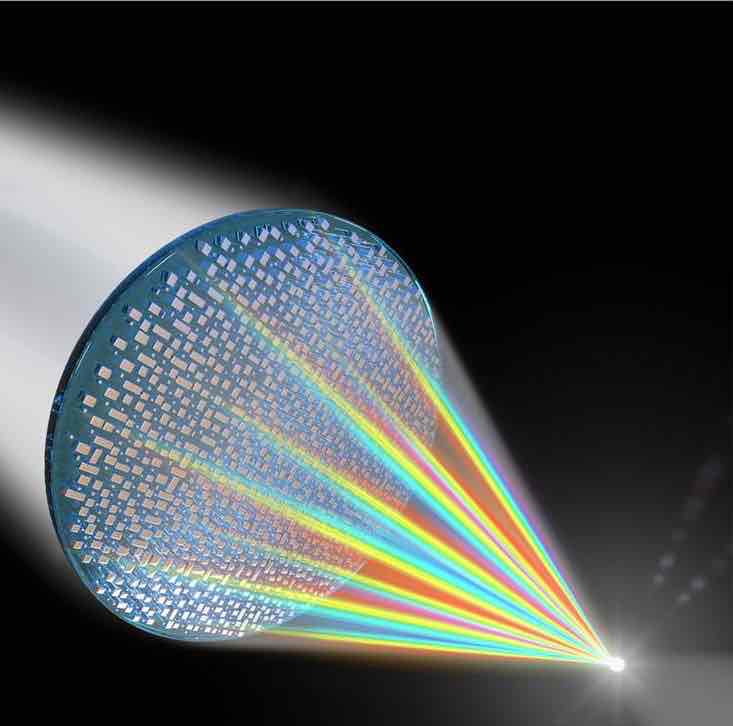
Human Eye
The eye is an optical device that observes its surroundings by detecting light.
The lens and cornea refract light, causing it to converge, forming an image on the retina.
The iris (coloured tissue around pupil) acts as an opening, controlling the amount of light entering the eye.
After the retina detects light, the optic nerve transmits image information to the brain. The small area where the optic nerve enters, the eye is immune to light, resulting in a blind spot.
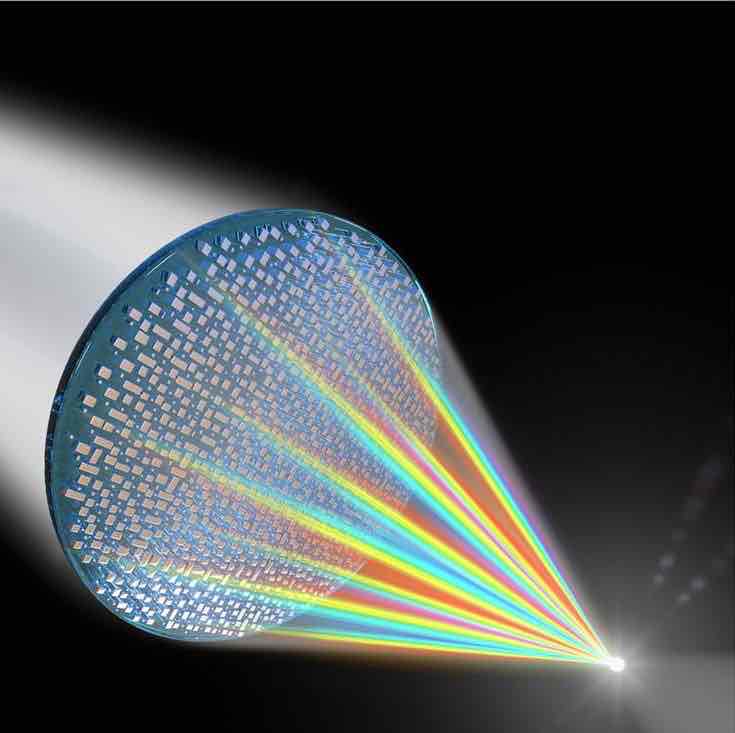
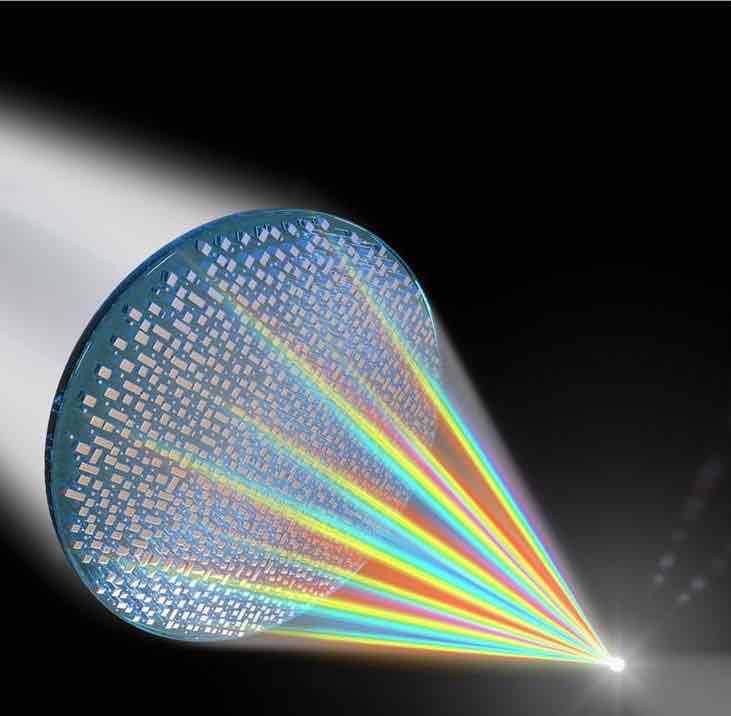
Unique Features
Unique feature that other optical devices don’t have is that the focus of the eye is adjusted by changing the focal length of the lens, rather than the distance between the lens and the retina.
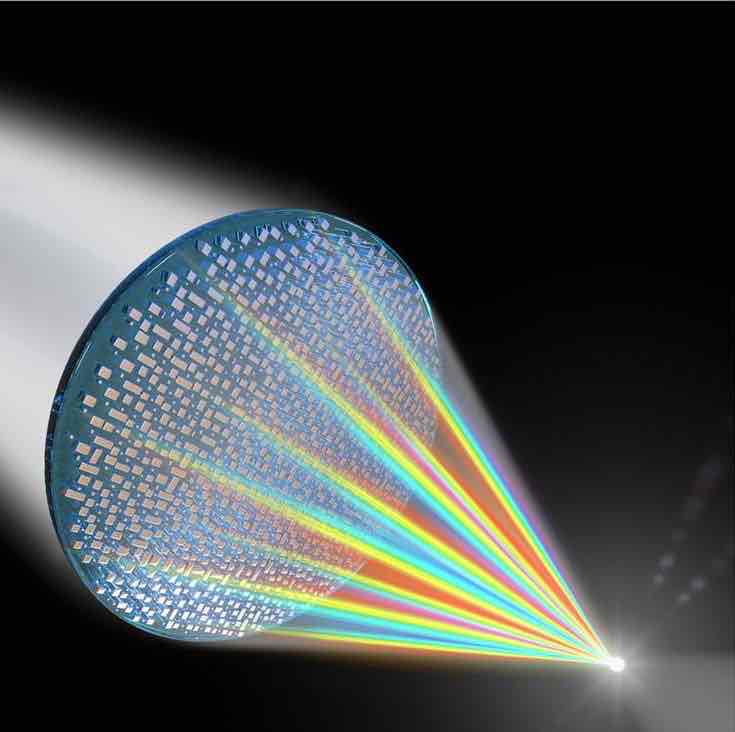
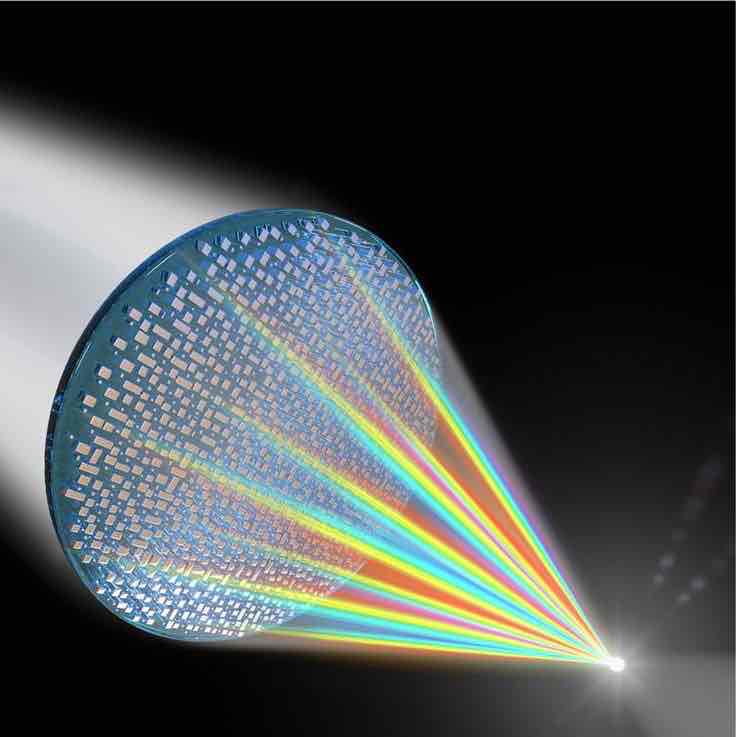
Seeing with our brain
When we look at an object, our eyes act like a converging lens and produces a smaller, inverted, real image, on our retina. Our brain takes the inverted image from the retina and flips it so it’s seen upright.
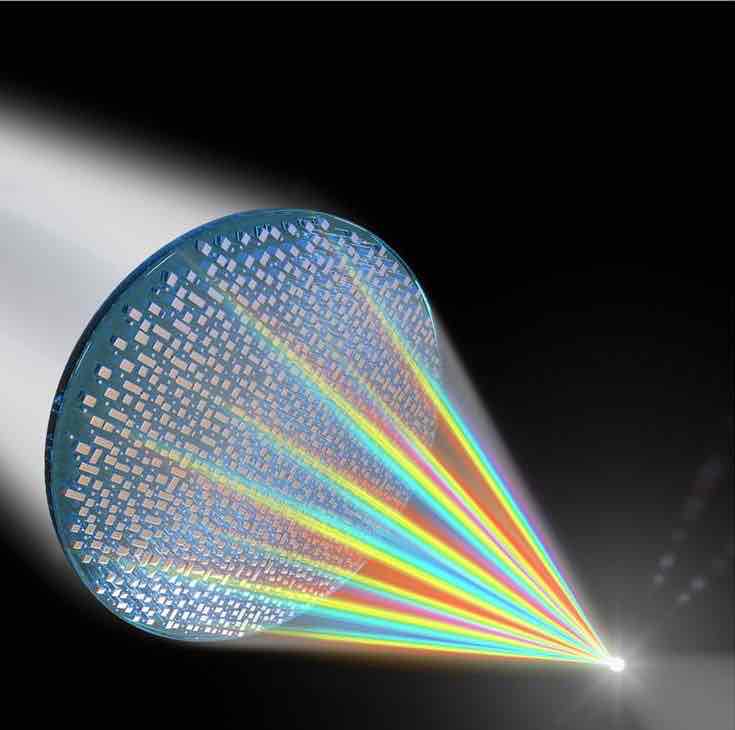
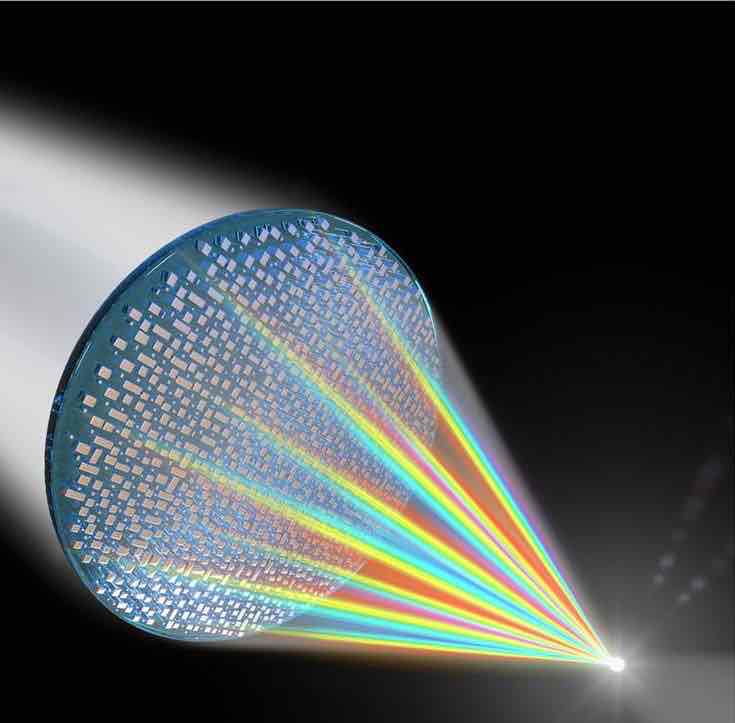
Hyperopia
Far-sightedness
Person can see far objects clearly but not close ones .
Distance between retina and lens is too short, or cornea and lens are too weak.
Focuses behind retina.
Converging lens fixes problem.
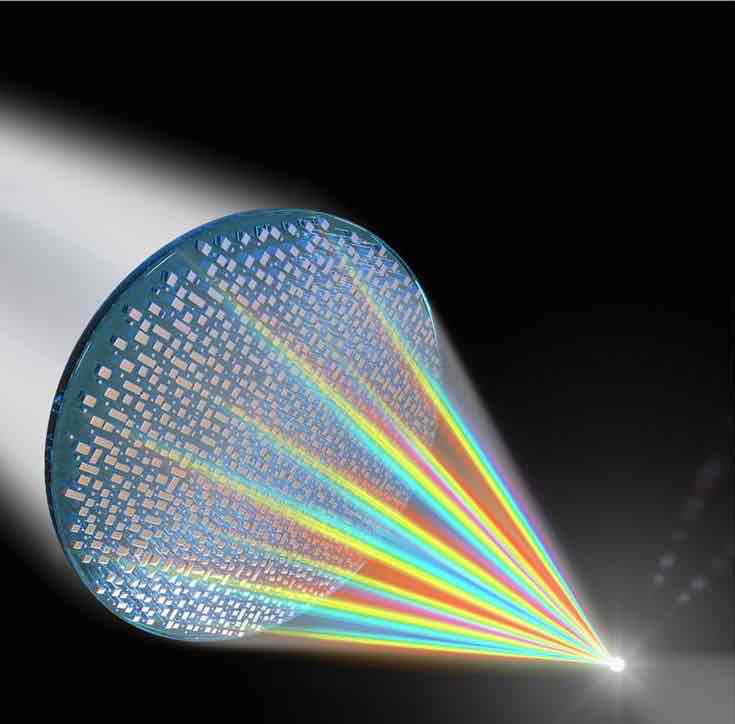
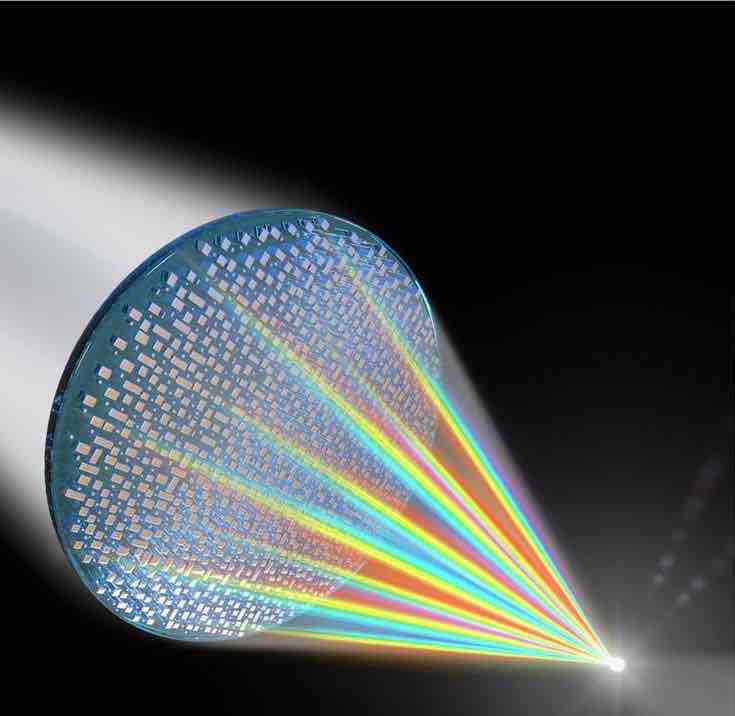
Myopia
Near-sightedness
Person can see close objects but not far ones
Distance between lens and retina is too strong, or cornea and lens converge light too strongly.
Diverging lens fixes problem

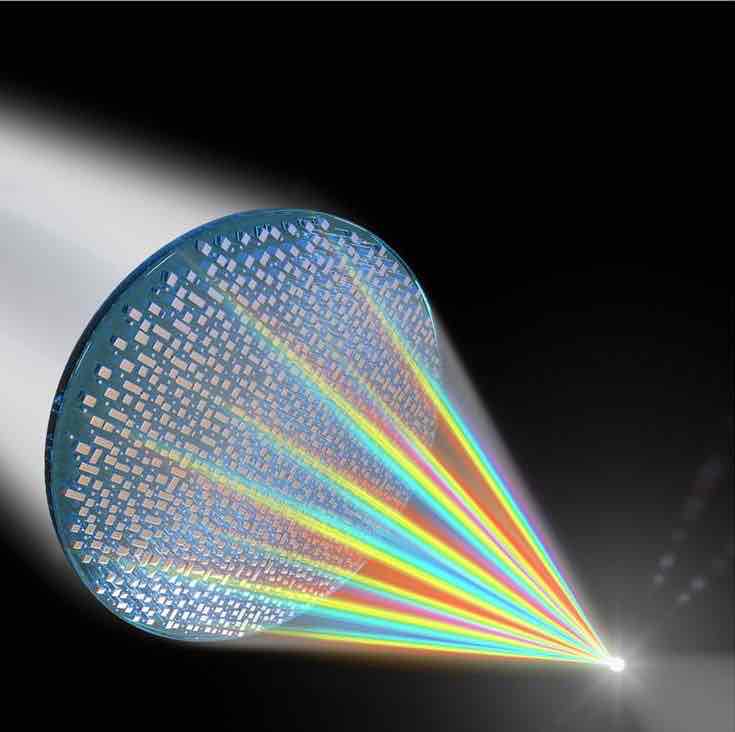
Presbyopia
Form of Far-sightedness
Occurs with old age
Difficulty reading small print
Eye lens loses elasticity
Converging lens fixes problem
